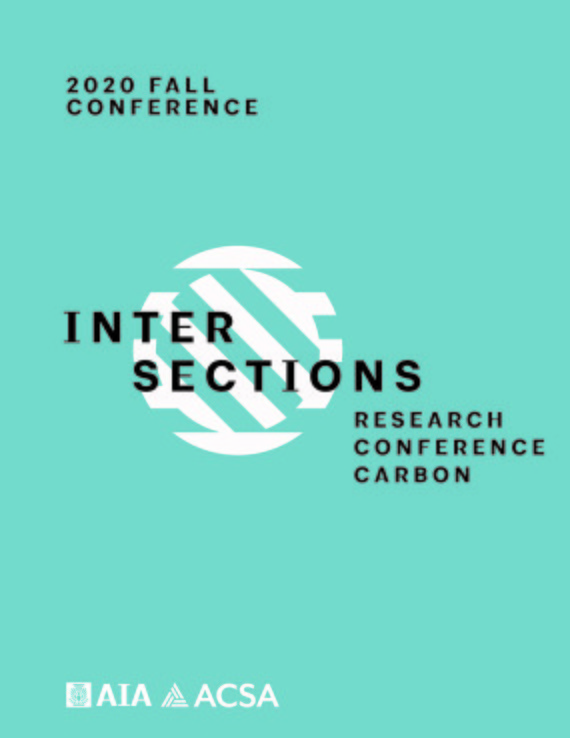Author(s): Charles Macbride
In 2019 a small, single family house was sold to a family excited to be part of a trailblazing and strangely controversial project. While many net zero energy (NZE) and/or Passive House examples have now been completed across the US, small communities, especially in the flyover country of the upper Midwest, have proudly doubled down against the “unknown” of these new models, reinforcing traditional project delivery and the absence of energy codes. This project and initiative not only serves as an example for students and evolving pedagogy, but also has become a touchstone in the community, challenging the preconceptions of modern design, neighborhood investment, homebuilding practice, and the public image of a university grappling with an evolving “design culture.” The complexities of any architectural project are numerous but often predictable. Like any student design-build project, this house dealt with its share of delays and changes. And like any grant-funded project, it dealt with additional oversight, reviews and red tape. Now in its final phase, the project begins post-occupancy monitoring. Teaching the homeowners about building performance blends the pragmatics of understanding equipment with the global responsibility and mission of NZE and passive house. An early decision to work within an existing, walkable neighborhood lead unexpectedly to a very public debate on neighborhood design. These and other lessons are a reminder that architectural practice requires teaching your client, and often, your community. This paper will focus on the larger impact that the house continues to have on both the community and university. This includes the cultural challenges of meeting design expectations, the potential of infill as a community revitalization tool, and convincing a skeptical public that energy consciousness and evolving construction techniques have real value. It will also discuss how these issues, understood and accepted as given within the design and academic community, are still radically new in this (and many) regions across the country. A discussion of pedagogy and community design are balanced with quantitative energy data, impact, and continuing observation.
https://doi.org/10.35483/ACSA.AIA.FallInterCarbon.20.34
Volume Editors
Corey T. Griffin & Erica Cochran Hameen
ISBN
978-1-944214-35-7

 Study Architecture
Study Architecture  ProPEL
ProPEL 
